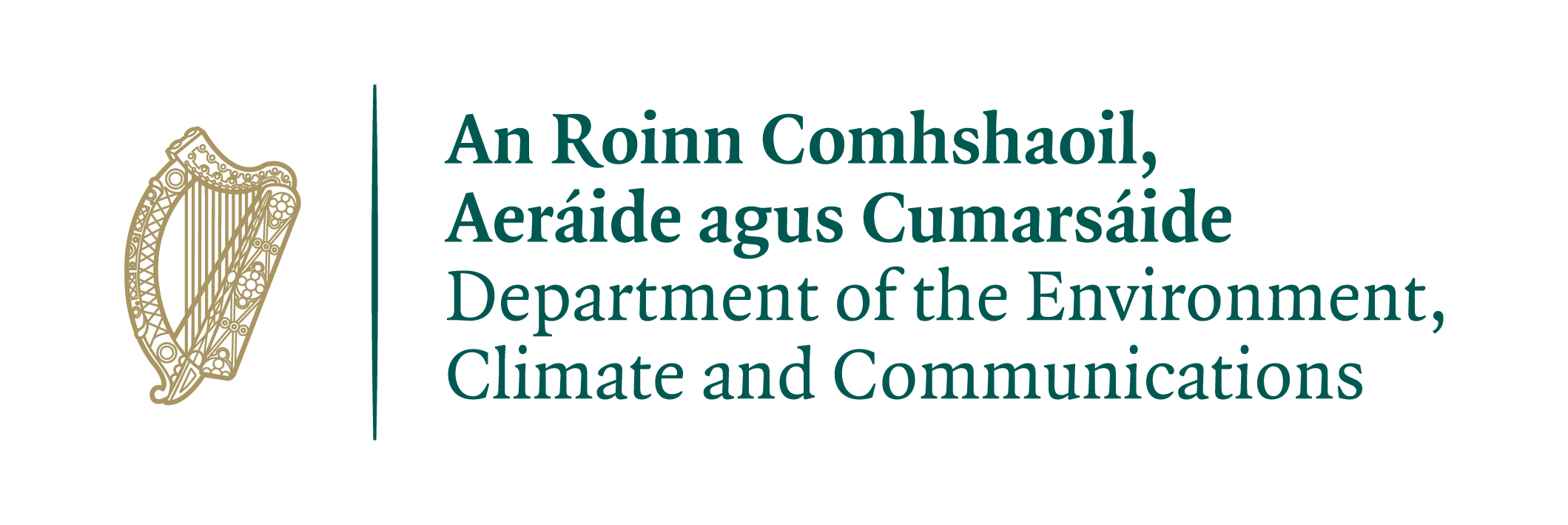 |
|
The survey results were submitted to the Environment Section and inputted onto the litter monitoring data entry system. The Potential Litter Generators were then mapped using the Litter GIS System.† There were minor problems encountered with the GIS software regarding configuration of the files and maps, which delayed the implementation of the system.† The Councilís I.T. Section and the Local Government Computer Services Board (LGCSB) helped us to solve this problem. The placing of the potential litter generators onto maps was extremely slow as the Environment Section is based in a separate building to the Councilís main computer server. The appointment of a GIS Officer to the Council in December 2002 has resulted in the maps being saved locally to a computer in the Environment Section. Phase Two The benchmark litter quantification and litter pollution surveys will commence in August 2003.† There are now three full-time Environmental Control Officers employed with the Council, with a combined total of 17Ĺ years work experience in the litter/environment area. To ensure consistency in their approach the Environmental Control Officers carried out 2 trial surveys together on the 29th July 2003 and are now satisfied that each survey is being carried out in accordance with the handbook guidelines provided by TES. Limerick County Council are required to carry out a minimum of 69 Litter Pollution Surveys.† The Environmental Control Officers will carry out in excess of the 27 surveys in the ďHottest ZoneĒ areas, 27 Random locations chosen by the system and 15 discretionary surveys.† The Environmental Control Officers will utilise their local knowledge of the County to carry out additional surveys.† The minimum number of quantification surveys Limerick County Council must carry out is 8. Conclusion Limerick County Council is confident that the Litter Pollution Monitoring System will assist in targeting litter problems in specific areas. The System will help us to identify the optimum locations to place street litter bins.† A team approach has been adopted among the different sections of the Council, such as roads and housing to tackle and manage sources of litter pollution.† The Environment Section is now working in tandem with many other sections of the Council.† Anti-litter groups will be formed at local level and will comprise of the main stakeholders in areas.† One such group already exists in Newcastle West.† Members include business people, tidy town representatives and schools. From feedback received it appears that all parties are finding the forum very beneficial in helping to tackle the litter problem at local level.† Continuing in the spirit of community inclusion in litter activities, the survey results will be presented locally, thus generating local interest. The key to the successful implementation of the system is local involvement, and ideally to change attitudes/habits at this level.† The Litter Pollution Monitoring System has and will continue to assist and support us in our endeavours to tackle litter at local and national level.† Limerick County Council is continuing to work with the public in a spirit of co-operation and partnership in order to achieve our common goals, a process which is assisted greatly by the National Litter Pollution Monitoring System. |
 |
 |
| Tobin Consulting Engineers,
Block 10-4,
Blanchardstown Corporate Park, Dublin 15 Tel: +353 1 8030401 l Fax: +353 1 8030410 l Email: litter@tobin.ie |